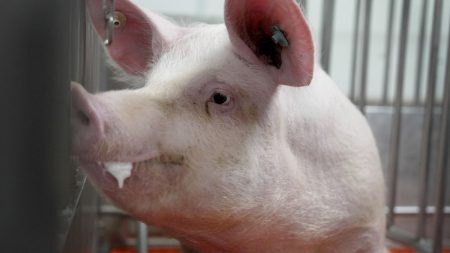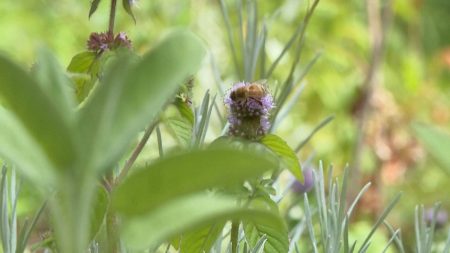The Belgian Federal Food Agency (FASFC) recently issued a public health warning against consuming Christmas trees, following a campaign by the city of Ghent encouraging residents to reuse pine needles in recipes. Ghent’s initiative, aimed at reducing holiday waste, suggested incorporating pine needles into culinary creations such as flavored butter and soups, drawing inspiration from traditional Scandinavian practices. This well-intentioned effort, however, sparked concern from the FASFC, prompting them to caution against the consumption of Christmas trees due to potential health risks.
The heart of the FASFC’s warning lies in the widespread use of pesticides and other chemicals in the cultivation and preservation of Christmas trees. These treatments, designed to enhance the trees’ longevity and appearance, render them unsuitable for human consumption. The agency emphasized the difficulty for consumers to determine whether a tree has been treated with potentially harmful substances, including flame retardants, which can pose serious health consequences, even leading to fatalities. This uncertainty underscores the inherent risk associated with ingesting parts of Christmas trees, irrespective of any perceived culinary benefits.
Ghent’s local council, in response to the FASFC’s warning, has modified its initial campaign materials. They removed a Facebook post promoting the consumption of Christmas trees and amended a website heading from the more provocative “Eat your Christmas tree” to the more descriptive “Scandinavians eat their Christmas trees.” This revision acknowledges the cultural context of pine needle consumption while distancing the council from directly advocating for the practice among its residents. Furthermore, the council added a disclaimer to its website explicitly stating that not all Christmas trees are edible and warning against confusing them with poisonous yew trees.
The incident highlights the potential disconnect between well-intentioned sustainability initiatives and public health considerations. While Ghent’s campaign sought to reduce waste by repurposing Christmas trees, it overlooked the potential dangers associated with consuming trees treated with chemicals. The FASFC’s intervention serves as a reminder of the importance of thoroughly vetting sustainability practices to ensure they do not inadvertently pose health risks. This case underscores the need for clear communication and collaboration between local authorities and public health agencies to avoid disseminating potentially harmful information.
This incident also provides an opportunity to explore the cultural context of pine needle consumption. While the practice may be established in some Scandinavian traditions, it’s crucial to distinguish between the specific types of pine trees used in these traditions and the commercially available Christmas trees typically sold in other regions. Factors such as the species of pine, the growing conditions, and any applied treatments can significantly impact the safety of consuming pine needles. Therefore, directly translating a culinary practice from one culture to another without considering these crucial factors can have unintended consequences.
Ultimately, the FASFC’s warning serves as a valuable lesson in responsible consumption and the importance of considering potential health risks associated with unconventional food practices. While the desire to reduce waste and explore alternative uses for holiday decorations is commendable, it’s imperative to prioritize safety and rely on credible information from reputable sources. This incident underscores the need for a balanced approach to sustainability, one that considers both environmental benefits and potential health implications. By working together, local authorities, public health agencies, and the public can ensure that well-intentioned initiatives contribute to a healthier and more sustainable future.














